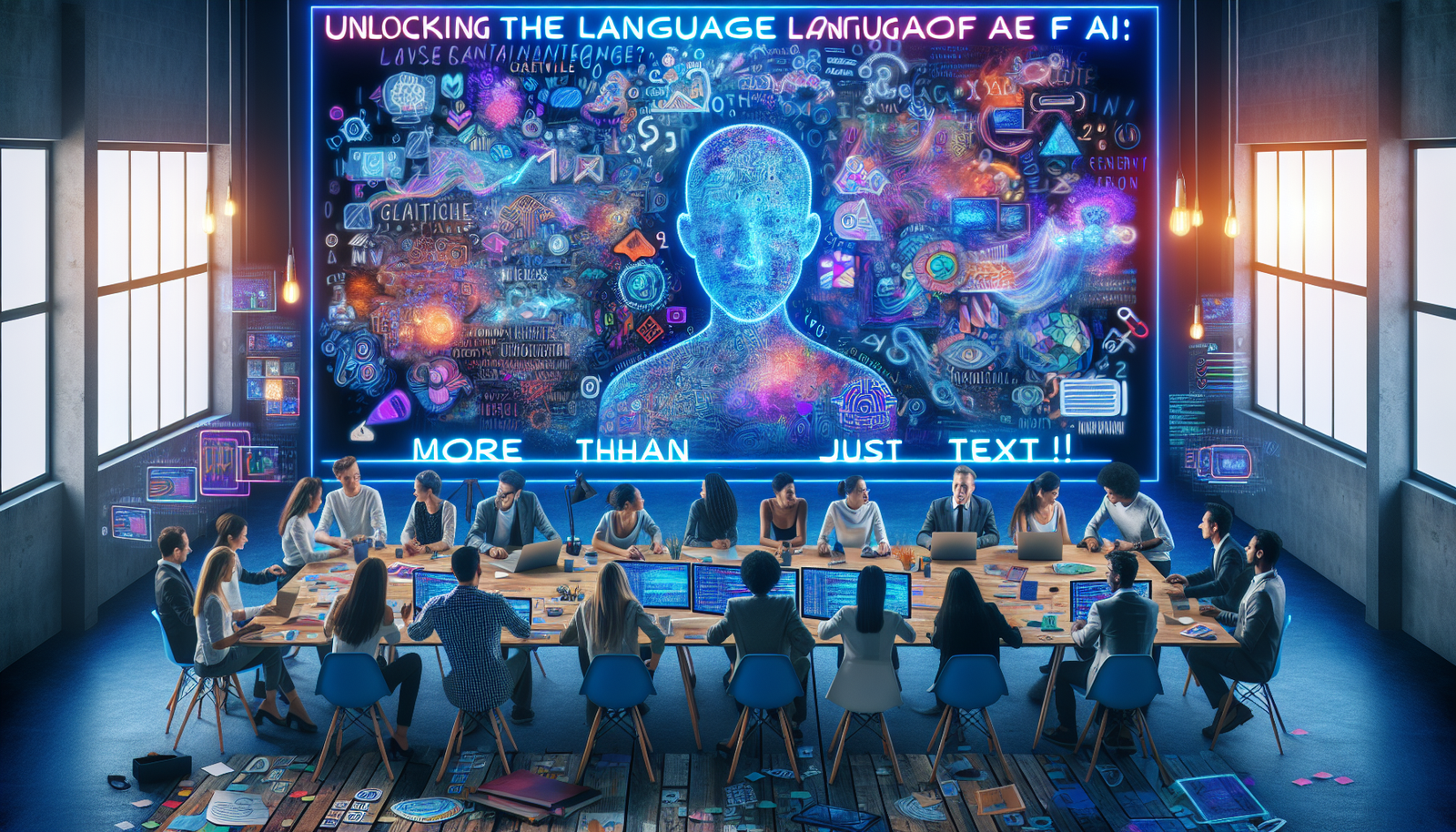The Foundations of Generative Algorithms
Generative algorithms represent a major advance in the field of digital creation. Capable of analyzing enormous datasets, they rely on deep learning to produce varied content such as texts, images, and videos. Their use in digital environments is generating growing interest among researchers and professionals.
Creation of Simulated Languages
The ability of these algorithms to generate simulated languages is distinct from their capacity to produce language in the traditional sense. In reality, each output is the result of algorithmic modeling, which mimics human linguistic structures without possessing depth or culture. Consequently, these linguistic creations are imitations, illustrating how machines interpret and represent our language.
Diverse Applications of Algorithms
Generative algorithms find utility in various fields. Automatic translation, creation of narrative content, and interactions with chatbots are some of the applications that enhance user experience. For example, an artificial intelligence system can now offer personalized advice in revision, making text correction more accessible and quicker.
The Manipulation of Symbolic Information
The creation of the IPL (Information Processing Language) highlights the integration of the manipulation of symbolic information in generation processes. Through algorithms like lemmatization and sophisticated filters, systems can interpret and reformulate data with astonishing accuracy. This enhances their effectiveness in complex applications where nuance and context are essential.
Risks and Challenges of Generative Algorithms
Despite their potential, generative algorithms pose significant challenges. Their ability to create large quantities of content can lead to saturation of information, complicating the search for relevance and quality. Furthermore, the possibility of generating biased or misleading texts represents a risk for users, who must navigate through a sea of potentially distorted content.
Innovation and Future of Generative Technologies
Recent developments in the field of artificial intelligence promise to further transform the digital industry. Thus, innovative solutions, such as Adobe’s Firefly Video, demonstrate that generative algorithms are capable of intuitively creating video sequences. These advancements open new application prospects for these technologies.
As these tools improve, their integration into various sectors, such as building and construction, becomes inevitable. Generative algorithms, by revolutionizing the way we conceive and produce, could redefine the future of work in many professions.
To learn more about the future of generative algorithms and their impact on the industry, the article on Vinci’s transformation is a useful resource: [link].
The ethical issues surrounding these technologies also deserve particular attention. The need for clear regulations appears as a priority to ensure the responsible and fair use of generative algorithms in content creation.
Ultimately, the progress made in generative algorithms indicates a fascinating evolution. These technologies, as creators of simulated languages, rely on complex yet accessible principles, thus promoting a better understanding and use of these tools by the general public.
To discover Adobe’s innovations, check out this article on Firefly Video: [link].
FAQ on Generative Algorithms and Simulated Languages
What is a generative algorithm?
A generative algorithm is a system that creates content by analyzing existing data. It uses models learned from vast datasets to generate text, images, or other forms of media.
How do generative algorithms create simulated languages?
Generative algorithms analyze linguistic structures and patterns in textual data to mimic the creation of natural language, resulting in the production of simulated languages that resemble a real language but are not authentic.
How do simulated languages differ from natural languages?
Natural languages are fully developed communication systems used by human communities, while simulated languages are artificial creations generated by algorithms that lack native speakers and cultural depth.
What are the practical uses of simulated languages created by algorithms?
Simulated languages can be used in applications such as video games, films, creative writing, or in developing linguistic tools to train AI models without requiring complex data on real languages.
Do simulated languages have real artistic value?
Yes, simulated languages can represent a form of linguistic art. They allow creators to explore new possibilities of expression and creativity, while paving the way for innovative narrative experiences.
What are the challenges associated with creating simulated languages via generative algorithms?
The main challenges include coherence, syntactic complexity, and the ability to integrate contextual nuances, which are often inherent to natural languages and that algorithms sometimes struggle to replicate.
Can generative algorithms replace natural languages?
No, generative algorithms cannot replace natural languages. They can generate simulated languages, but these lack the historical evolution and cultural depth that contribute to the richness of human languages.
How do generative algorithms impact the future of digital linguistics?
Generative algorithms open new avenues for exploring linguistic structures and content creation, drive innovations in natural language processing, and enable a better understanding of linguistic dynamics.






